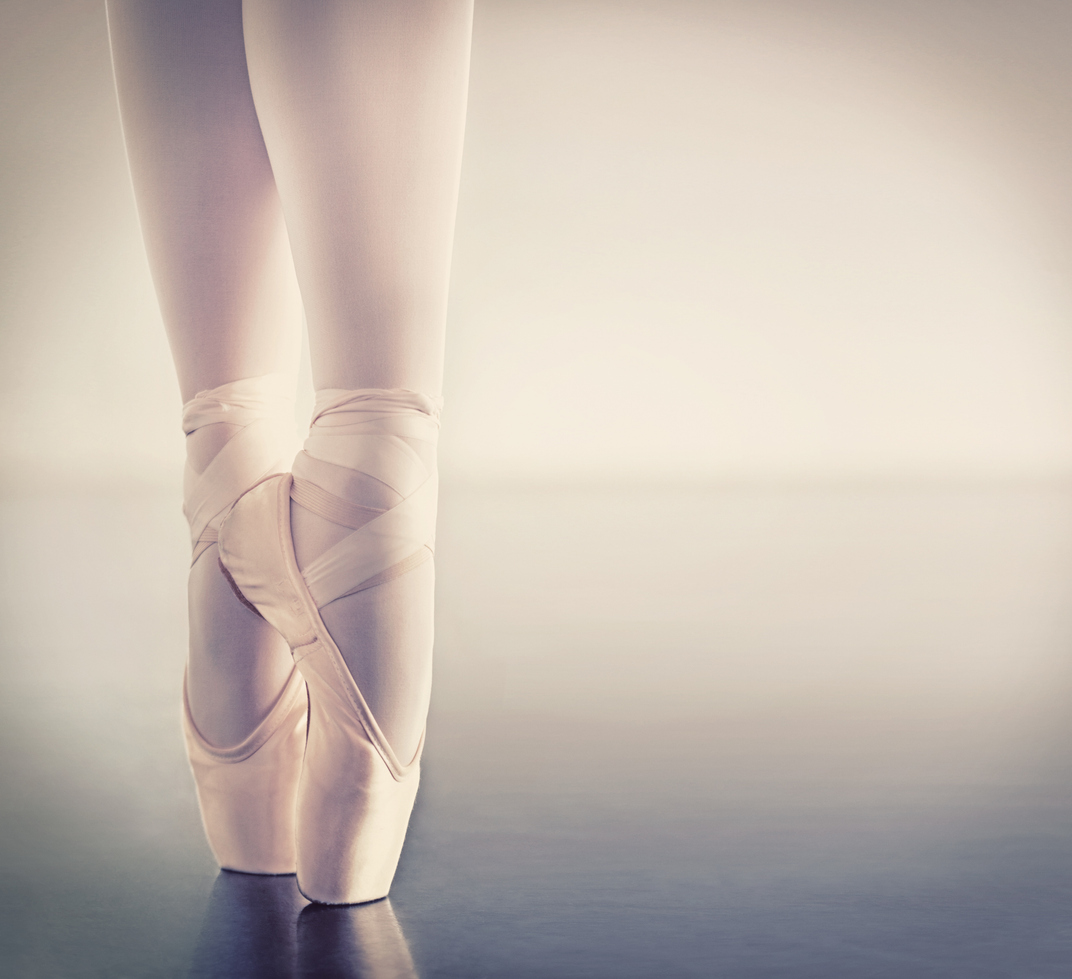Pointe shoes are iconic in the world of ballet. These specialized shoes, with their hard box and elongated shape, enable ballet dancers to perform breathtaking moves, including dancing on the tips of their toes. However, many aspiring dancers wonder if pointe shoes are simply a traditional accessory or if they truly contribute to improving dancing skills. In this blog, we will delve into the intricacies of pointe shoes and examine whether they indeed enhance a dancer’s abilities.
Understanding Pointe Shoes
Pointe shoes are a vital tool for ballet dancers, particularly those trained in classical ballet techniques. These shoes are designed to provide support, stability, and protection to dancers as they execute demanding movements, including balancing, turning, and leaping on their toes.
The construction of pointe shoes involves several key components. The box, located at the front of the shoe, encases the dancer’s toes, offering a sturdy platform for them to balance upon. The shank, a rigid part of the shoe, runs along the arch of the foot, providing support and preventing excessive flexing. The ribbons and elastic straps secure the shoes tightly to the dancer’s feet, ensuring proper alignment and stability.
Enhancing Foot Strength
One of the primary benefits of pointe shoes is their ability to strengthen the feet. Ballet dancers spend years developing the strength and flexibility required to execute intricate footwork. Pointe work amplifies this process by challenging the muscles, tendons, and ligaments of the feet and ankles.
Pointe shoes encourage dancers to engage their foot muscles actively. The rigid box and shank promote the development of strong arches and improve the control of the foot’s movements. With regular use, dancers find that their feet become more flexible, enabling them to execute movements with precision and grace.
Improving Balance and Stability
Pointe shoes play a pivotal role in improving a dancer’s balance and stability. The reinforced box and shank help distribute the dancer’s weight evenly across the foot, allowing them to balance securely on their toes. This enables dancers to maintain stability during challenging movements, such as turns and balances, without compromising their form.
Moreover, pointe shoes provide a solid base of support, which allows dancers to push off the floor with greater force. This added propulsion contributes to the fluidity and grace of their movements. By training in pointe shoes, dancers develop a heightened awareness of their body’s alignment, leading to improved control and stability.
Artistic Expression and Technique Refinement
Pointe work offers dancers a unique artistic outlet. The ability to dance en pointe adds an ethereal quality to performances, captivating audiences worldwide. Pointe shoes facilitate movements that can elevate a dancer’s expression, enabling them to embody the grace and elegance associated with ballet.
Furthermore, pointe shoes encourage dancers to refine their technique. The technical demands of dancing en pointe require precision and control. By wearing pointe shoes during practice and rehearsals, dancers become accustomed to the specific sensations and mechanics involved in executing movements on their toes. This, in turn, allows them to refine their technique and achieve a higher level of proficiency.
The Importance of Proper Technique and Training
While pointe shoes undoubtedly offer numerous benefits, it is crucial to emphasize that they are not a shortcut to becoming an accomplished dancer. Proper technique and training are essential prerequisites before transitioning to pointe work.
Dancers must have a solid foundation in ballet technique, including strength, flexibility, alignment, and control, before attempting pointe work. Insufficient preparation can lead to injuries, as the demands placed on the feet and ankles during pointe work are significant.
The decision to dance en pointe should be made in consultation with a qualified ballet teacher or instructor. They will assess the dancer’s readiness, taking into account factors such as age, physical development, technical proficiency, and overall strength. A gradual and systematic approach to pointe work, under the guidance of an experienced professional, is essential to ensure the dancer’s safety and optimize their progress.
Pointe Shoes for Performance
Pointe shoes are an integral part of the ballet tradition, and they play a crucial role in enhancing a dancer’s skills and abilities. By strengthening the feet, improving balance and stability, and fostering artistic expression, pointe shoes contribute to the development of a well-rounded ballet dancer.
However, it is important to remember that pointe shoes are not a magic solution. Proper technique, training, and preparation are paramount before embarking on pointe work. Ballet dancers should always prioritize their safety and consult with knowledgeable instructors who can guide them on their journey to dancing en pointe.
Ultimately, pointe shoes are a powerful tool that, when used in conjunction with rigorous training and dedication, can help ballet dancers achieve new heights in their artistry and technique.
